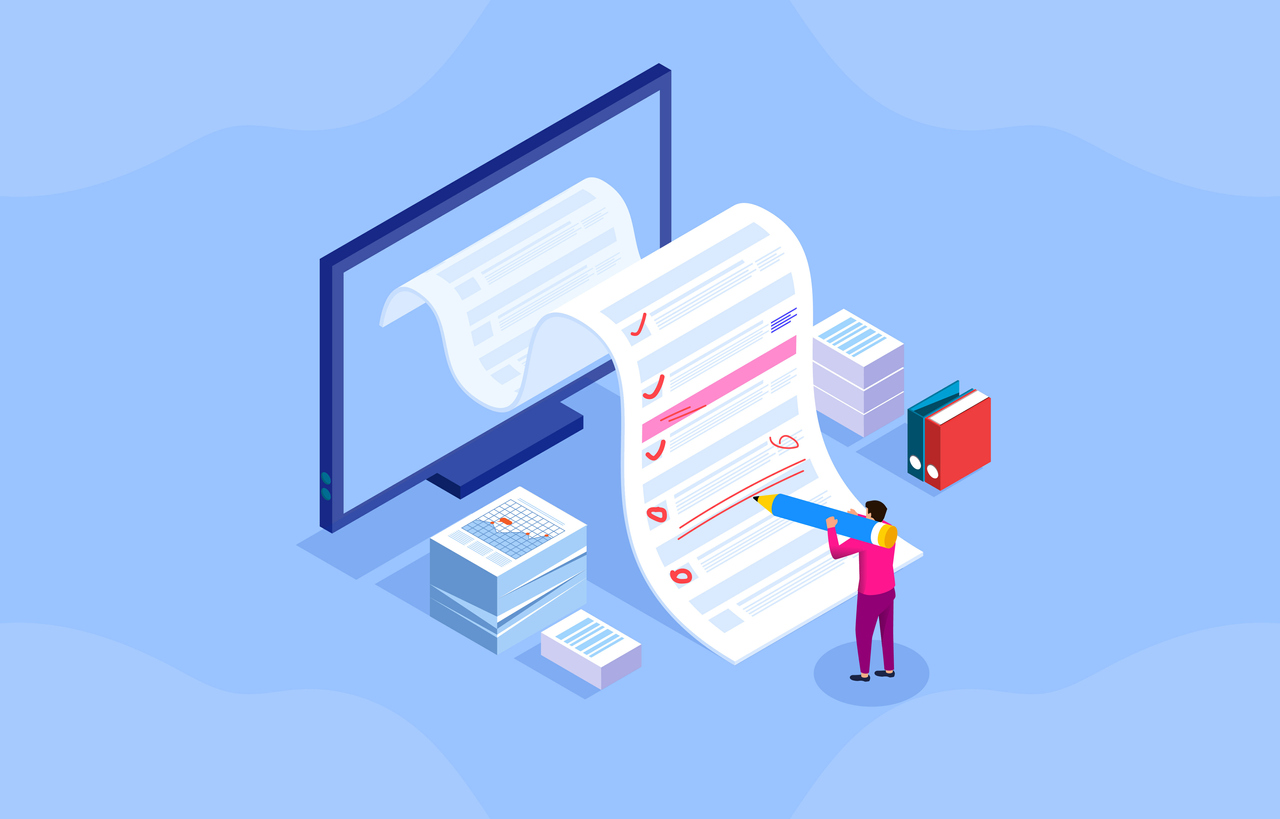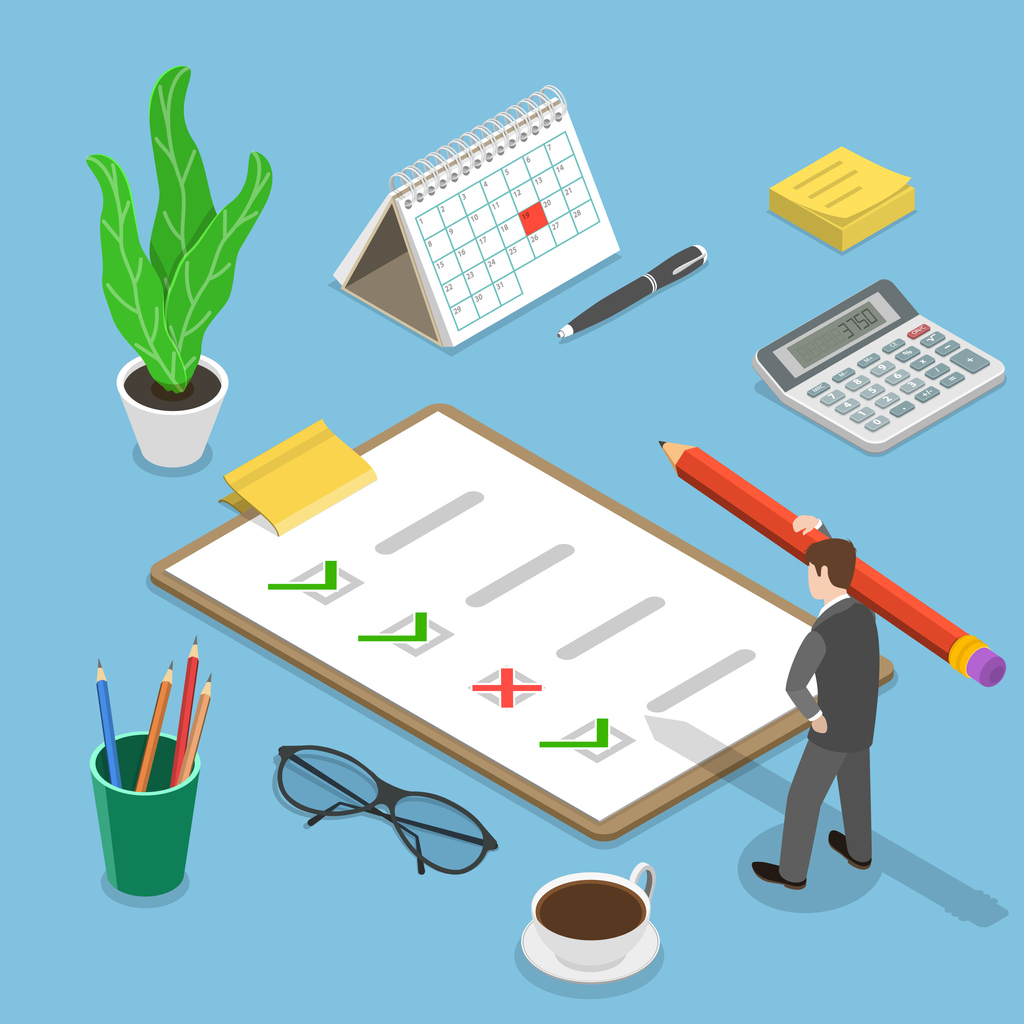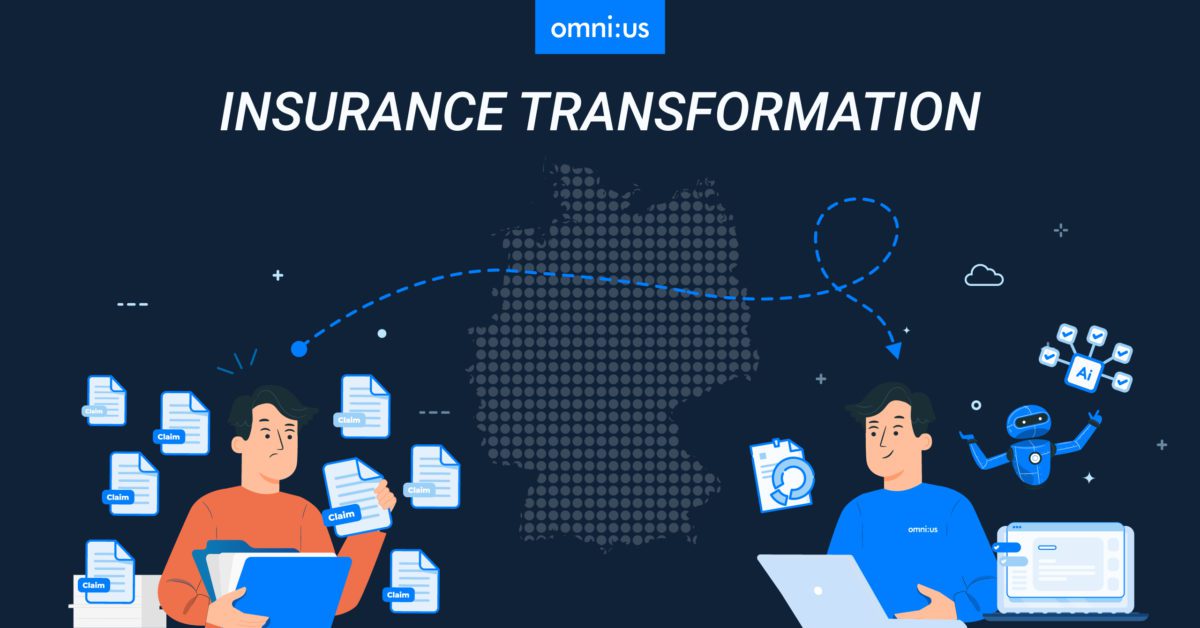
90% OF CLAIM DATA STILL COMPILED MANUALLY
Insurance is not static. It is, however, slow-moving. Everywhere omni:us travels, from Europe over to North America, we find claims teams that are still manually classifying and extracting data during the essential first document intake step. Change is coming, but… at its own pace. We are helping move it along, but we also understand not to push things too much. Because sometimes, a snail’s pace creates its own opportunity.
An incredible amount of staff time is poured into information extraction. Indeed, there is a vast side-industry dedicated to the task. Much of the work is outsourced and the control of data compromised. Think about it – when you send your data out to be processed by a TPA or other service, what happens to the insights therein? Through the cracks they fall.
Adoption of OCR technology, which converts images or scans of text into machine-encoded data, has been low among insurers globally. And the average age of an insurance backend system, through which the information is then routed, is 15-20 years. Combine these factors, and as you can imagine: you’re left with a recipe for error.
But as I said before, the way to look at this is as an opportunity, a chance. A lack of OCR or similar tech, to us, is not necessarily a bad thing. It’s a blank canvas. On it, you can build, from scratch, a competitive edge with AI. Things like No-Touch claims and cognitive data intake become possible – and omni:us is here to help!
Here’s a quick primer on where we leverage AI technologies like NLP and Computer vision to achieve this.
AI – A new dawn for document intake
Put simply, AI is software which is trained by people to perform human activities.
(See more on why it’s taken off here.) But as with any rapid technological shift, there is uncertainty about what it means for the future. Let’s explore what such technology means for insurance document intake, classification, and extraction, and where omni:us is driving it forward.

1. NATURAL LANGUAGE PROCESSING (NLP)
NLP enables claims software to better understand documents and text. This text – a first notice of loss, or an invoice – arrives in many forms, from various sources. NLP makes processing this text easier.
For omni:us, the advancements in recurrent neural networks, word embeddings and the latest work in transformer networks have had deep impact on how we use NLP techniques to solve problems in the insurance industry.
We are leveraging the most recent deep-learning-based advancements in key NLP areas, such as Named Entity Recognition and Text Classification, to ensure that our clients receive the state of the art performance when it comes to Document Understanding. What puts us ahead of the market is ensuring that the technically challenging problems that we daily face in Document Understanding are modelled via the most applicable NLP theories, and solved by the state-of-the-art techniques.
For instance, to classify the uploaded documents into certain classes like invoice, policy claim etc. we use Text Classification, then to extract different entities such Policy Holder Name, Policy Customer ID, etc. we use Named Entity Recognition, from a classified document, we use Named Entity Recognition.
To improve the performance of this intake step, we often combine the Text Classification (that operates only on textual content) with Visual Classification (that operates on image/visual content). And this is where computer vision comes into play.
2. COMPUTER VISION
I won’t go into as much detail on this topic, but Computer Vision is when we give eyes to a computer, so that it can understand what exactly is present in a damage photo, document scan, or video stream. This is extremely powerful when applied to the claims adjustment process.
To quote an omni:us data scientist: “Computer vision can learn to detect humans, objects or colours and even reason about relationships between them. Combine CV with NLP, and you have a machine that can read any type of document and automatically interprets the layout and any images contained.”
____
THE OMNI:US CLAIMS SUITE
The magic of omni:us? AI your company can train, without any extra scientific expertise.
We offer a suite of tools built on NLP and computer vision techniques. These have been developed specifically for document intake and claims management. Our tools can support or automate any kind of data: structured, semi-structured or unstructured. You can quickly deploy AI into your processes, tackling specific use cases throughout the claims value chain.
Interested to learn more? Drop us a line.
iStock/z_wei/TarikVision
Blog
